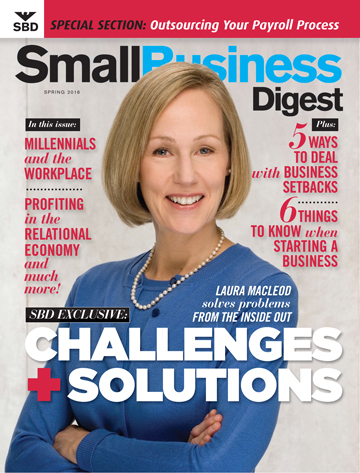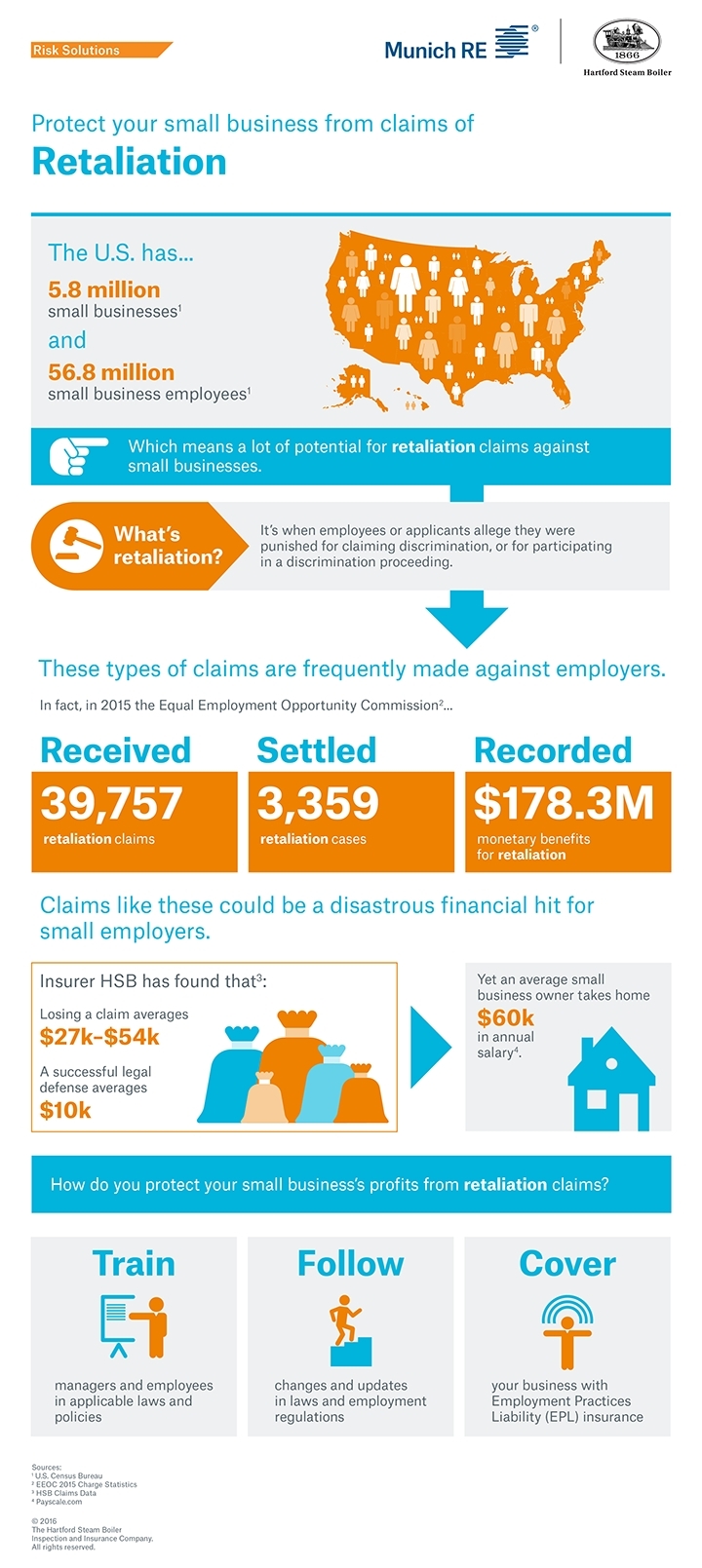Higher Mandated Labor Costs Next Food Industry Challenge
As more and more consumers purchase prepared food rather than cook at home, the currently attractive margins for such offerings face mounting challenges. Not the least are labor costs, which are under pressure from economic and regulatory trends. Integrating higher labor costs into the pricing algorithm represents the next major challenge for food sector leaders.
Whether a neighborhood deli, central food kitchen, or gourmet restaurant, the need to find ways of doing more with the same or fewer employees is expected to become more important in 2017.
At all employee levels from mixer, baker, decorator, sales person, many food industry establishments are facing increased labor costs due to higher demand for workers and regulators intent on raising salaries. While most news stories focus on the situation as one involving fast food outlets or restaurants, the trend also impacts centralized food preparation centers as well.
These latter establishments will also need to deal with not only competition for workers but higher minimum wage floors in many states. Already some fallout from this trend is being experienced. Higher salaries were one of the factors for Whole Foods to close three of its key central kitchens in January.
The increased salary cost trend first noted in 2016 is expected to accelerate as the hoped-for economic recovery picks up steam. With the greater availability of job opening, food purveyors will need to create more attractive industry opportunities. Pressure from this trend is expected to ramp up towards the end of 2017.
More immediate and with higher personnel costs are new city and state minimum wage floors which are driving hourly rates to $15. While popular with some voters, these initiatives directly impact the bottom-line of labor intensive sectors like food preparation and delivery.
For the past eight years, labor costs have been held down by the availability of workers in a less than robust economy. At the same time, this has been occurring at a time when more and more families have opted to bringing home prepared meals and popping them in an oven or radar wave unit. The sale prices of these offerings have provided food and supermarket retail outlets with hefty margins. Some economists now estimate a majority of American families now primarily rely on outside kitchens for their dinners.
However, in many cases the higher labor costs will be difficult to pass on to customers. According to Dr. Kenneth E. Lehrer, a Houston, TX based economists, higher labor costs will eat away at 2-4% of margins when average minimum wages hit $14 as expected in 2018.
Given these trends, what can food establishments do to protect margins in 2017?
· Develop more efficient operations holding the line on employee growth.
· Introduce strategic distribution programs to reduce costs.
· Add robotic functions where possible.
· Install fuel-efficient machinery.
· Reduce costs of raw materials by using better sourcing strategies.
· Locate is regulatory friendly municipalities.
As the prepared food industry matures, there will be greater opportunities for expansion. The key is doing it more efficiently.




